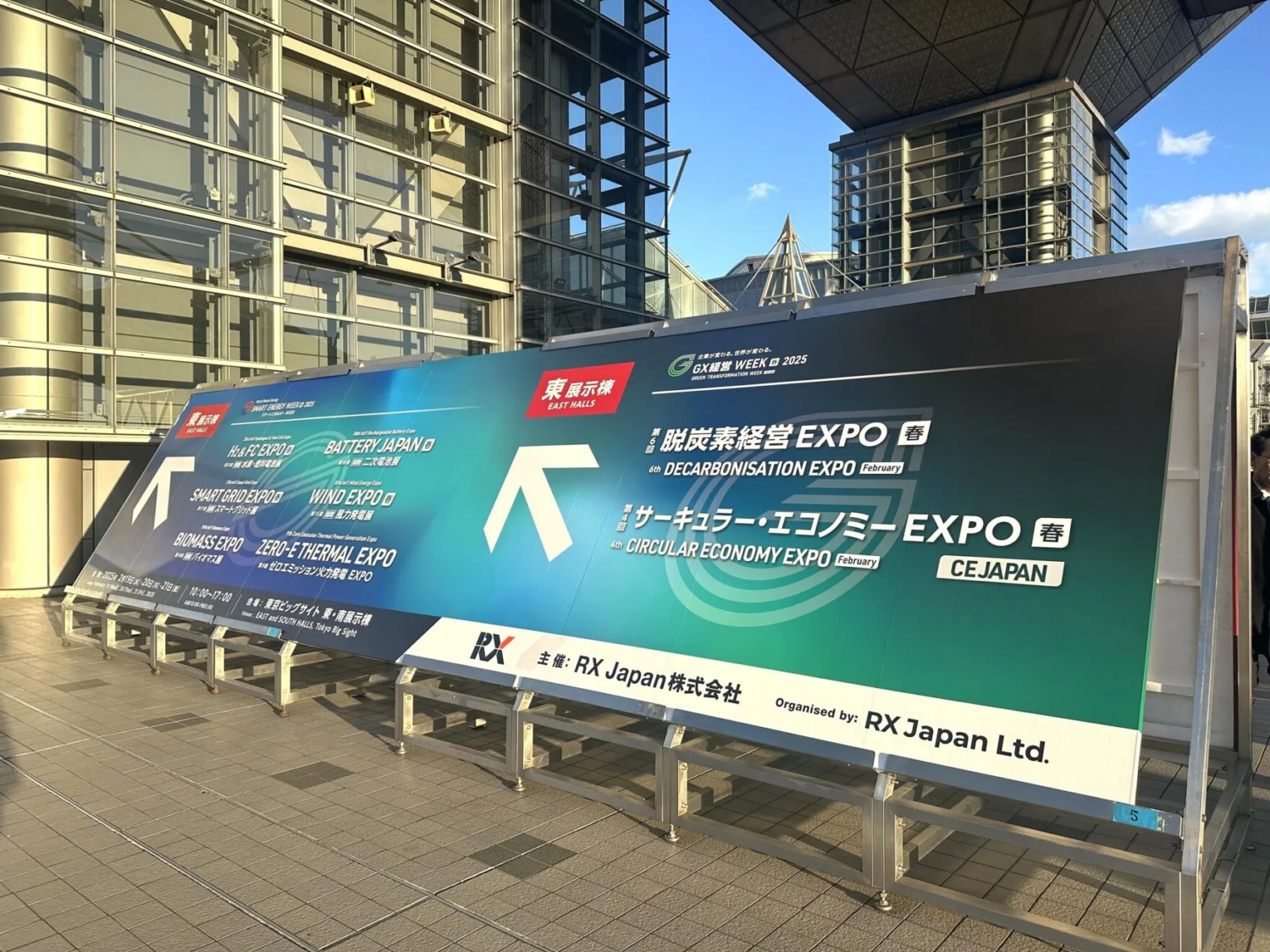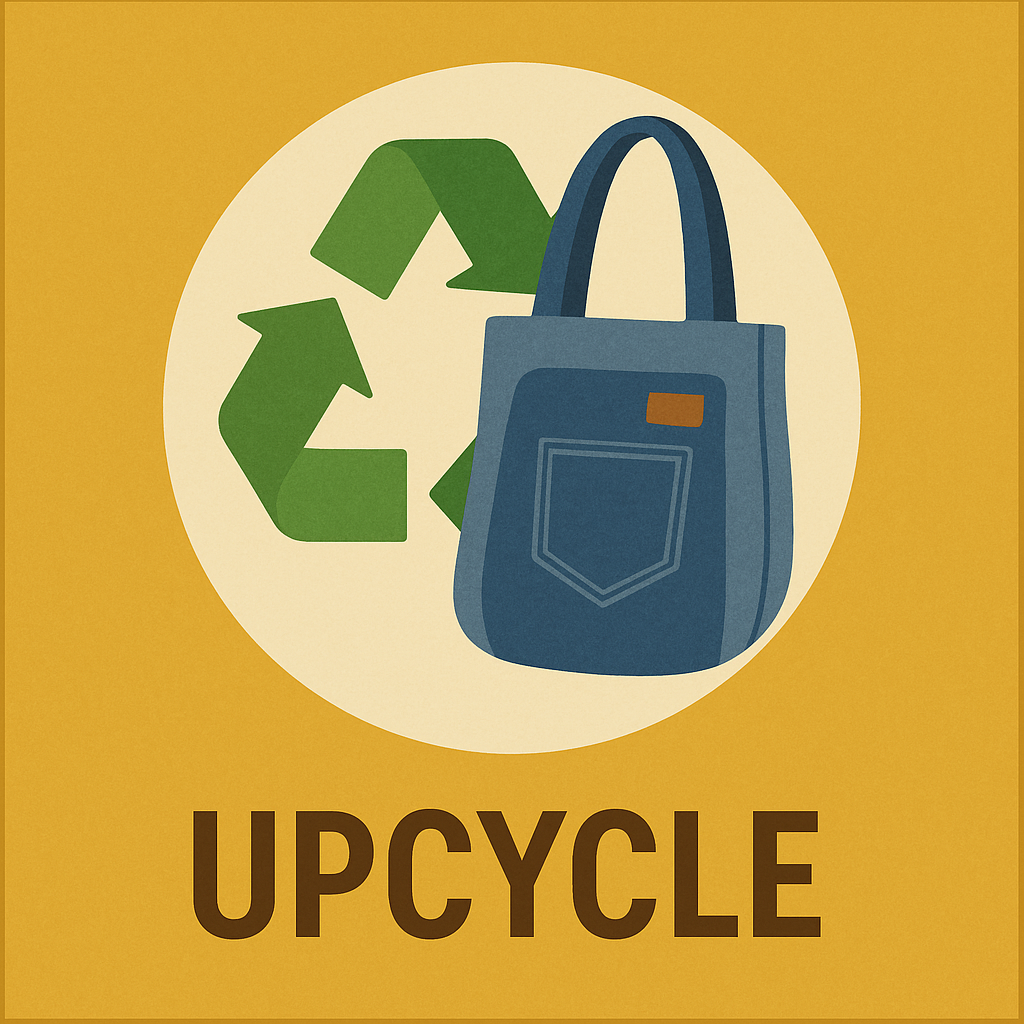
Government Strategy: Circular Economy as Policy and Opportunity
From February 19–21, 2025, the 4th Circular Economy EXPO was held at Tokyo Big Sight, Japan’s largest exhibition venue. It was part of a larger cluster of events including the 23rd Smart Energy Week and the 6th GX Management Week, collectively drawing over 69,000 visitors and 1,600 exhibitors from 40 countries and regions.
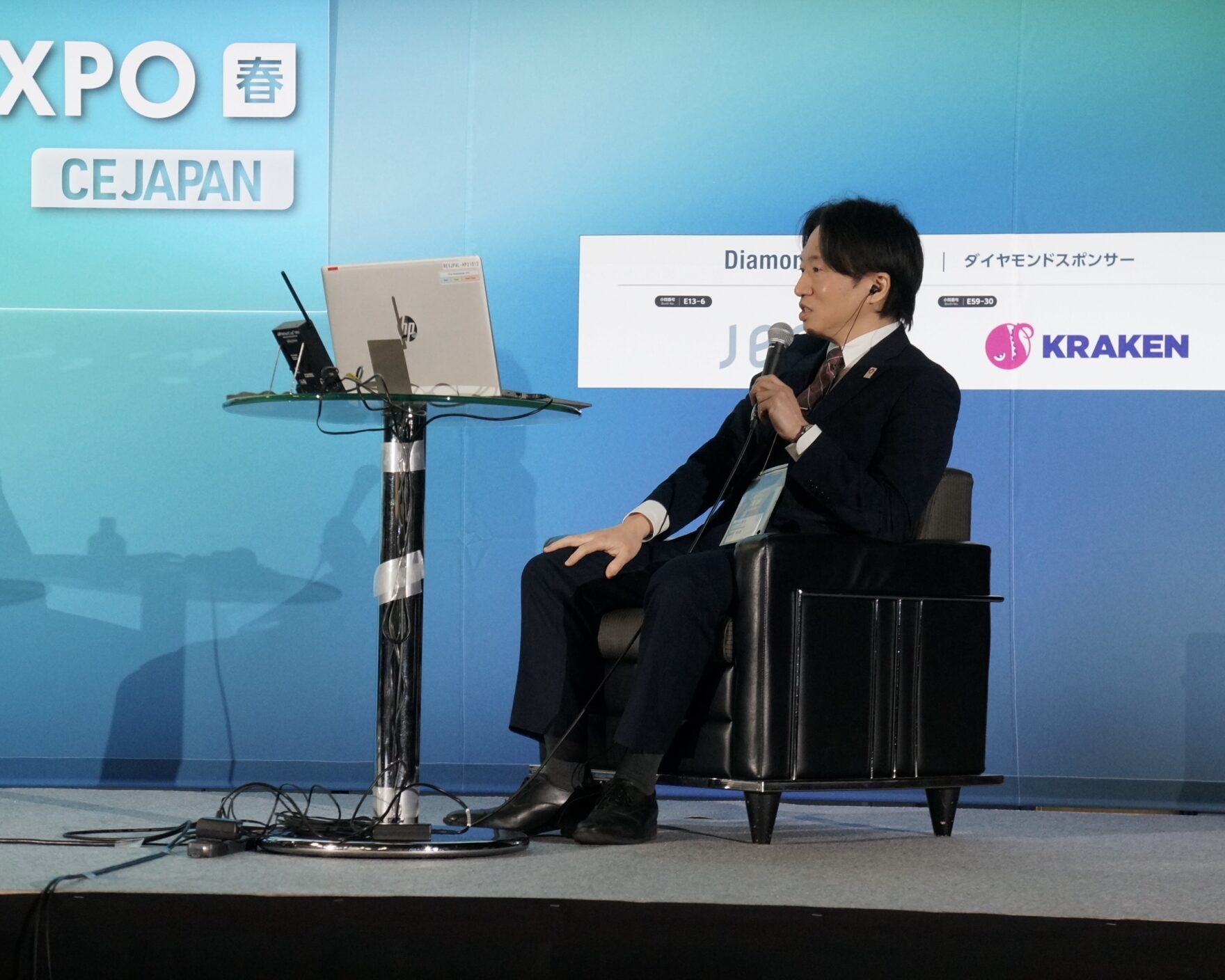
In a keynote session titled "Promoting Circular Economy through Public-Private Collaboration," Shogo Tanaka, Director of the Resource Circulation Economy Office at Japan’s Ministry of Economy, Trade and Industry (METI), outlined the government’s approach to a more sustainable economic model. His ministry’s strategy stands on three pillars:
- Resource Circulation – Japan, lacking abundant natural resources, aims to tap into its so-called “urban mines” (recyclable materials found in cities) to mitigate resource dependency.
- Environmental Constraints – In response to global trends like Europe’s eco-design regulations, Japan is pushing for advanced recycling technologies and low-carbon manufacturing from the design stage onward.
- Growth Creation – Rather than seeing sustainability as a constraint, METI views circularity as a growth opportunity. The government encourages innovation and investment that align with carbon neutrality and resource efficiency.
To implement this vision, METI launched the “Circular Partners” initiative, a collaboration platform with over 600 participating companies and municipalities. They’re developing roadmaps and action plans for 2030 and 2040 through a combined focus on public-private-academic cooperation, investment support, and regulatory development.
Tanaka also noted upcoming legal reforms, including a proposed amendment to the Law for the Promotion of Effective Utilization of Resources, with provisions for:
- Mandating recycled content for strategic materials,
- Promoting eco-design certifications,
- Easing waste collection laws to help manufacturers reclaim used goods,
- Strengthening the reuse and repair market.
Japan aims not only to reform domestically but also to influence global supply chains and standards, particularly in areas like EV batteries and plastics, where the EU is introducing strict regulations on recycled material use.
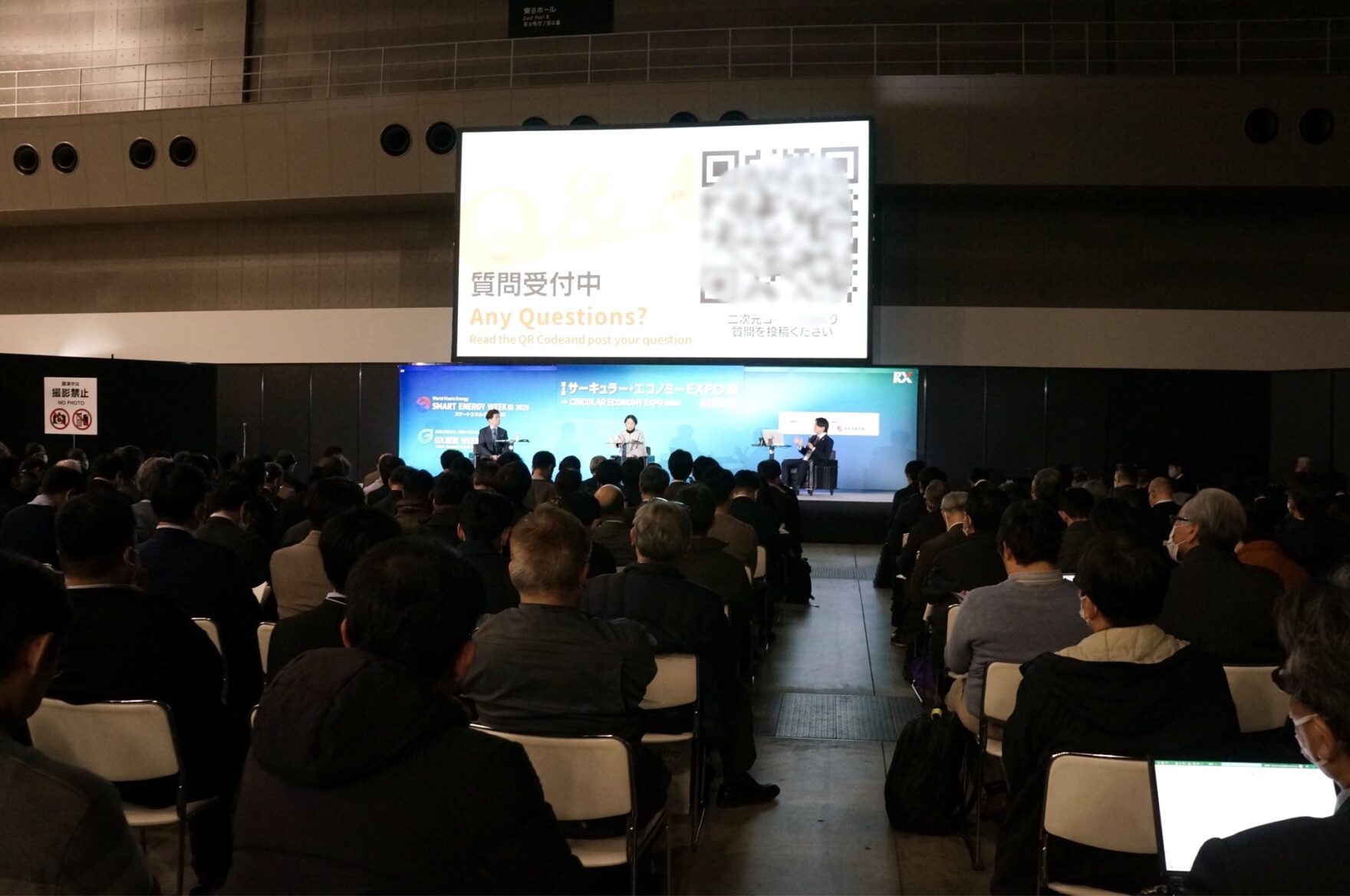
Toyota’s Vision: From Car Manufacturer to Circular Mobility Company
Yumi Otsuka, Chief Sustainability Officer at Toyota Motor Corporation, shared the company’s long-standing efforts in circularity, rooted in its Toyota Production System—a philosophy centered on eliminating waste. Toyota launched its “Environmental Challenge 2050” in 2015 to reduce carbon emissions and promote sustainable resource use across its entire vehicle lifecycle.
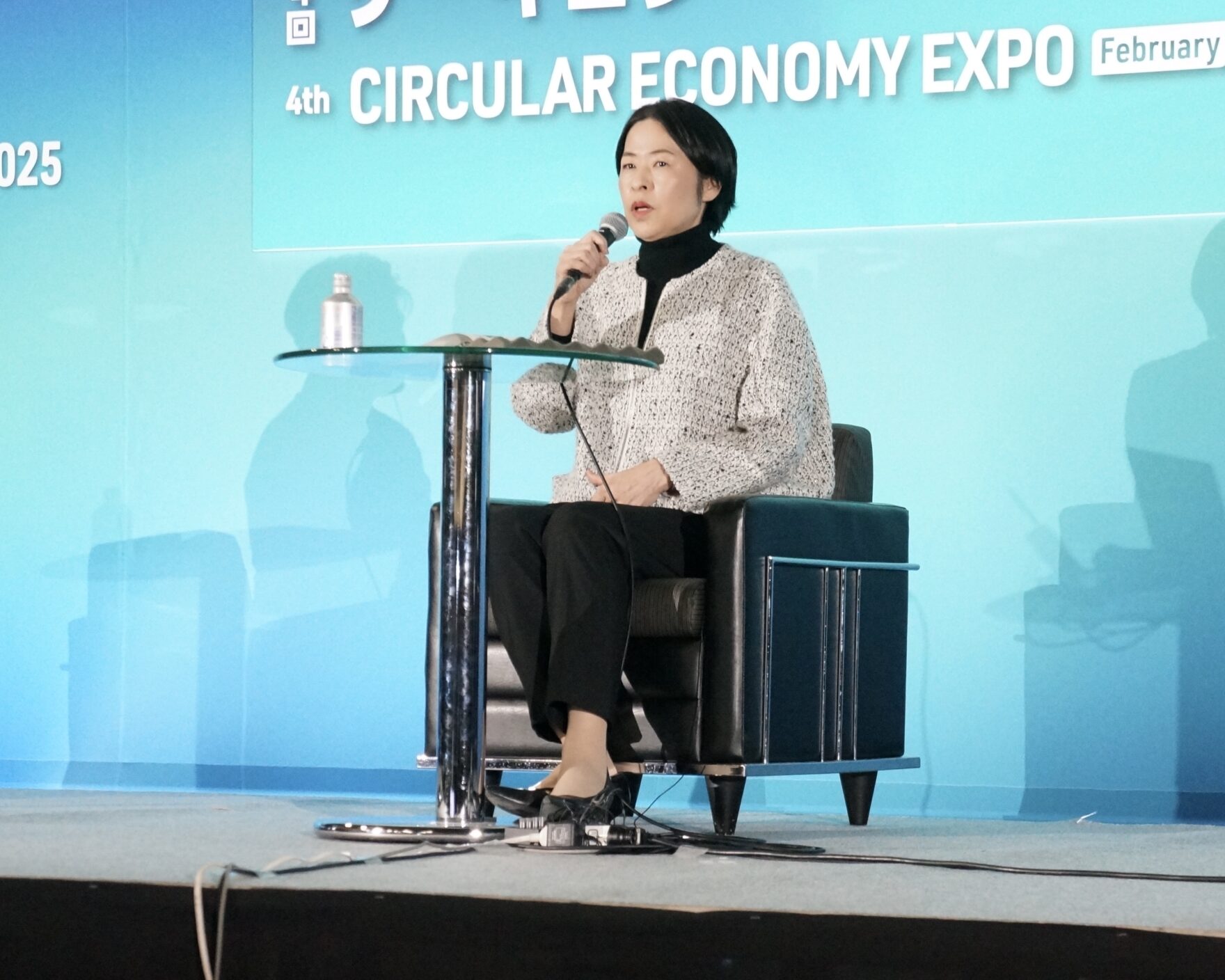
Otsuka detailed several key initiatives:
- Design for Disassembly: Since 2003, Toyota has implemented designs that allow vehicles to be easily dismantled for recycling. For example, wiring harnesses are positioned to simplify removal, boosting recyclability to over 85%.
- In-House Testing: Engineers themselves attempt to dismantle vehicles to inform future design improvements.
- Material Reuse: Toyota reuses PET bottles collected internally to produce car seat materials.
- Employee Engagement: Awareness of circular economy practices is promoted company-wide—not just within environmental departments.
Toyota aims to raise its use of recycled materials to over 30% by 2030, even in visible areas like bumpers and interiors. The company is also developing stationary batteries using its electric vehicle expertise to contribute to decarbonization efforts.

Toyota’s circular strategy goes hand-in-hand with a broader business model shift: evolving from a carmaker to a mobility service provider. This includes vehicle designs that allow for hardware and software updates, extending usability and increasing customer lifetime value.
In Europe, Toyota has started refurbishing used vehicles and parts—highlighting a move away from “make and sell” to “maintain and renew.” To support circularity abroad, Toyota is also working on local infrastructure and capacity-building, especially in regions where proper recycling systems are lacking.
Toward Global Competitiveness Through Cross-Sector Collaboration
Hideo Matsue, Managing Executive Officer at Deloitte Tohmatsu Group, served as moderator and emphasized the role of economic rationality and global competitiveness in circular strategies. He argued that circular economy models are shifting from horizontal expansion to long-term vertical growth—increasing lifetime value instead of merely scaling up.
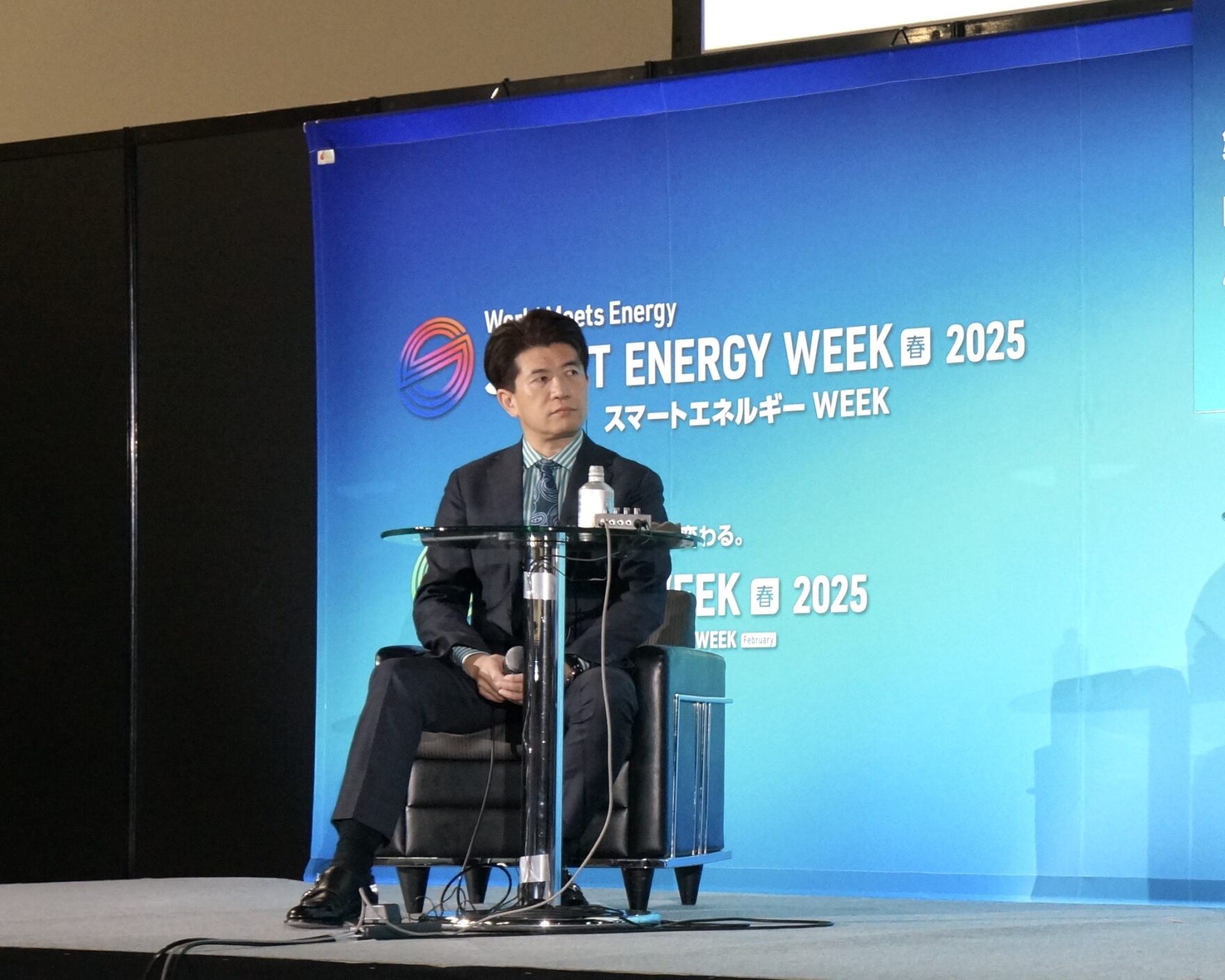
The discussion stressed:
- The need for vertical integration and international alignment with regulatory trends,
- The value of designing updatable products that keep consumers engaged post-purchase,
- The importance of ecosystem thinking, where physical and digital circular systems coexist.
The session concluded with a call for stronger collaboration across sectors, public and private actors, and consumers—underlining that circular economy is not only an environmental imperative but also a shared economic and societal challenge.

